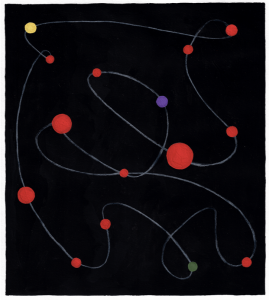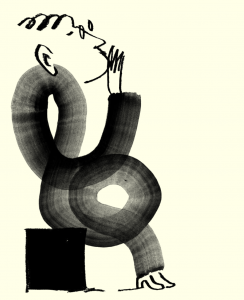Stuart Anderson-Davis reflects on the biggest and bitterest controversy in American academia – racial legacy
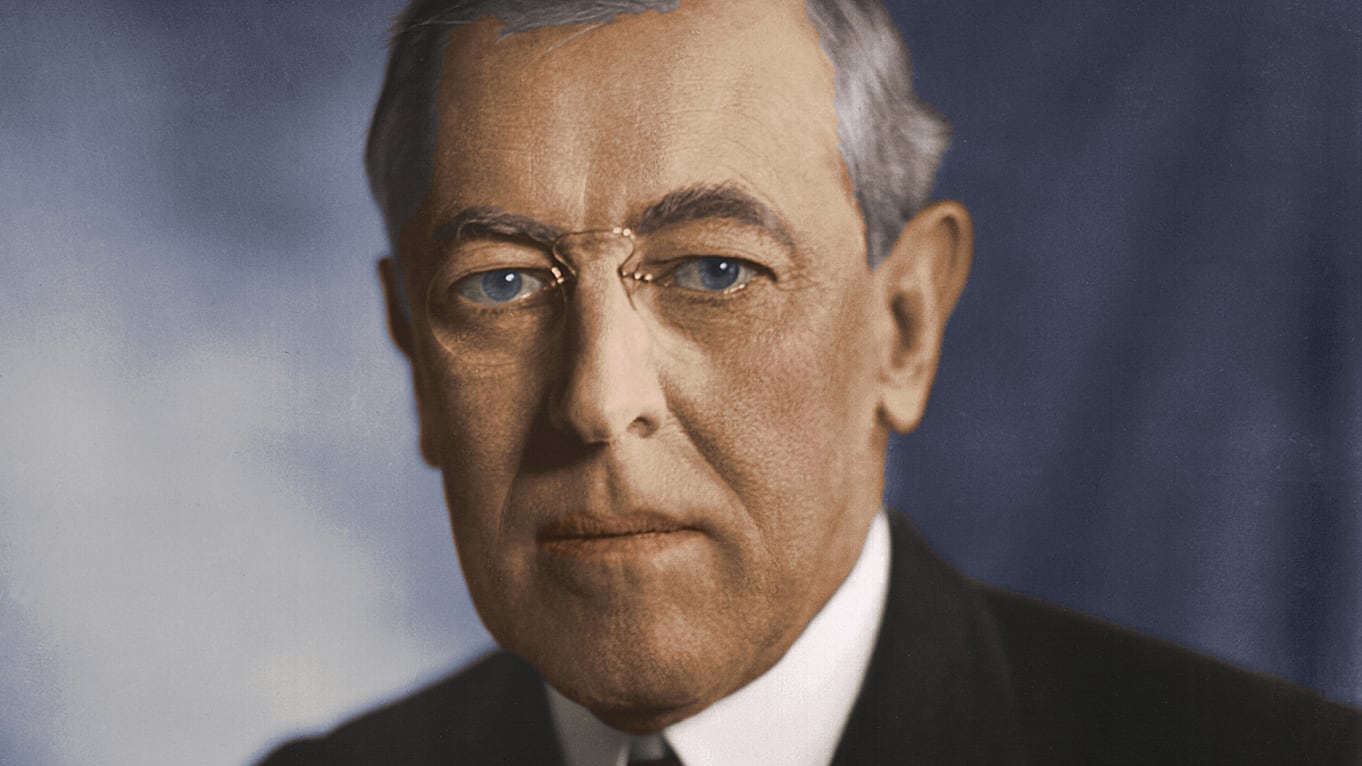
Empty statue plinths are a strange quirk of Princeton University. Anecdotally, this is because Princeton wants to inspire its students to believe in their potential; to think that if they work hard and achieve great things then they will find immortality through their very own statue. The way things are going, the university probably wishes it had left a few more plinths empty.
Last weekend, Princeton unveiled a 39ft stone symbol to the biggest and bitterest controversy in American academia – racial legacy. Double Sights is a vertical sculpture of two “columnar elements” designed by renowned artist Walter Hood. However, the piece’s mixed reception and the protests at its unveiling result not from its design, but for what critics argue it stands for: namely unsatisfactory compromise and the refusal of the university to fully confront the darker side of its history.
The sculpture stands outside Princeton’s Woodrow Wilson School of Public and International Affairs, named after the 28th President of the United States and former President of the university. Wilson is best known as the president who took America into the First World War and then led a campaign to establish the League of Nations, a forerunner of the United Nations aimed at bringing international peace and harmony. Alas, his plan didn’t work out (to say the least…) and today Wilson’s legacy is considerably murkier than the idealistic liberal internationalist you might envision.
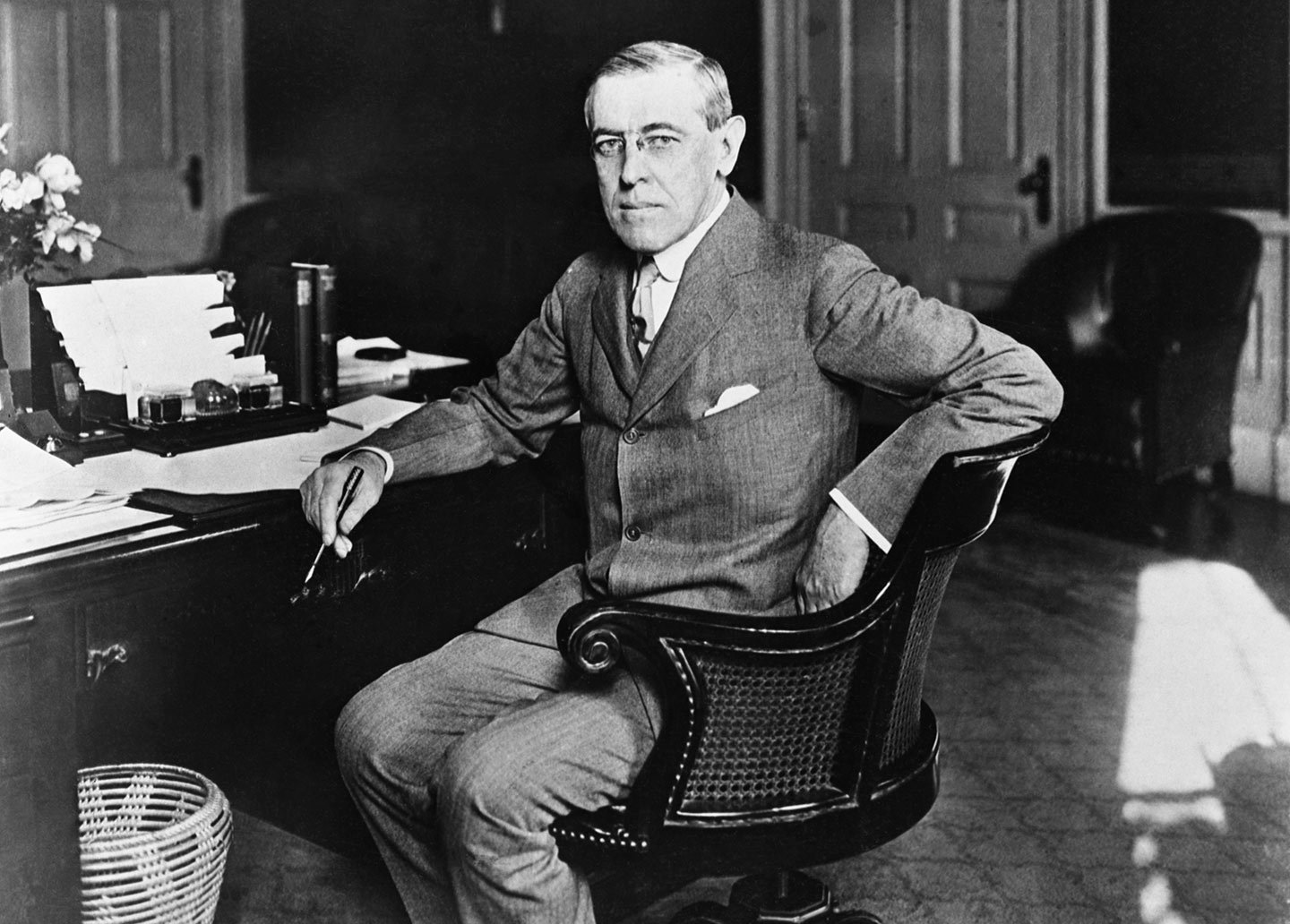
It comes down to race. Here, Wilson’s record is very bad, even when judged in its historical context. Most infamously, Wilson’s White House re-segregated the federal government – “destroying the careers of thousands of accomplished black civil servants” in a decision that was at best a mucky political compromise, at worst an “avowed racist” pursuing his prejudices through the power of the presidency.
It’s this other side to Woodrow Wilson that is the rationale for Double Sights: a monument designed to represent the positive and negative legacies of a man who sought world peace, yet actively discouraged black students from applying to Princeton. This is also a stone-carved attempt by Princeton to appease both sides of an increasingly fiery debate about the legacy of its former president, and to head off calls by those demanding Wilson’s name and face be banished from its institutions forever.
Of course, this ‘Battle of Princeton’ is not fought in isolation. In 2015, the removal of a statue to Cecil Rhodes (the British imperialist and corporate titan) at the University of Cape Town triggered a chain reaction of protests around the world. Today, there are countless institutions wrestling with their own troubled legacies and historical connections to slavery, colonialism and segregation.
These protests have pointed the finger at many of history’s “great men” and injected urgency and passion into what would otherwise have been a limited, academic exercise – if it had happened at all. Indeed, the entwining of these campus campaigns with broader societal movements like ‘Black Lives Matters’ has taken these historical debates way beyond the theoretical. These are tangible protests with tangible demands. Put simply, the movement demands the removal of any and all commemorations to men deemed undeserving of that honour.
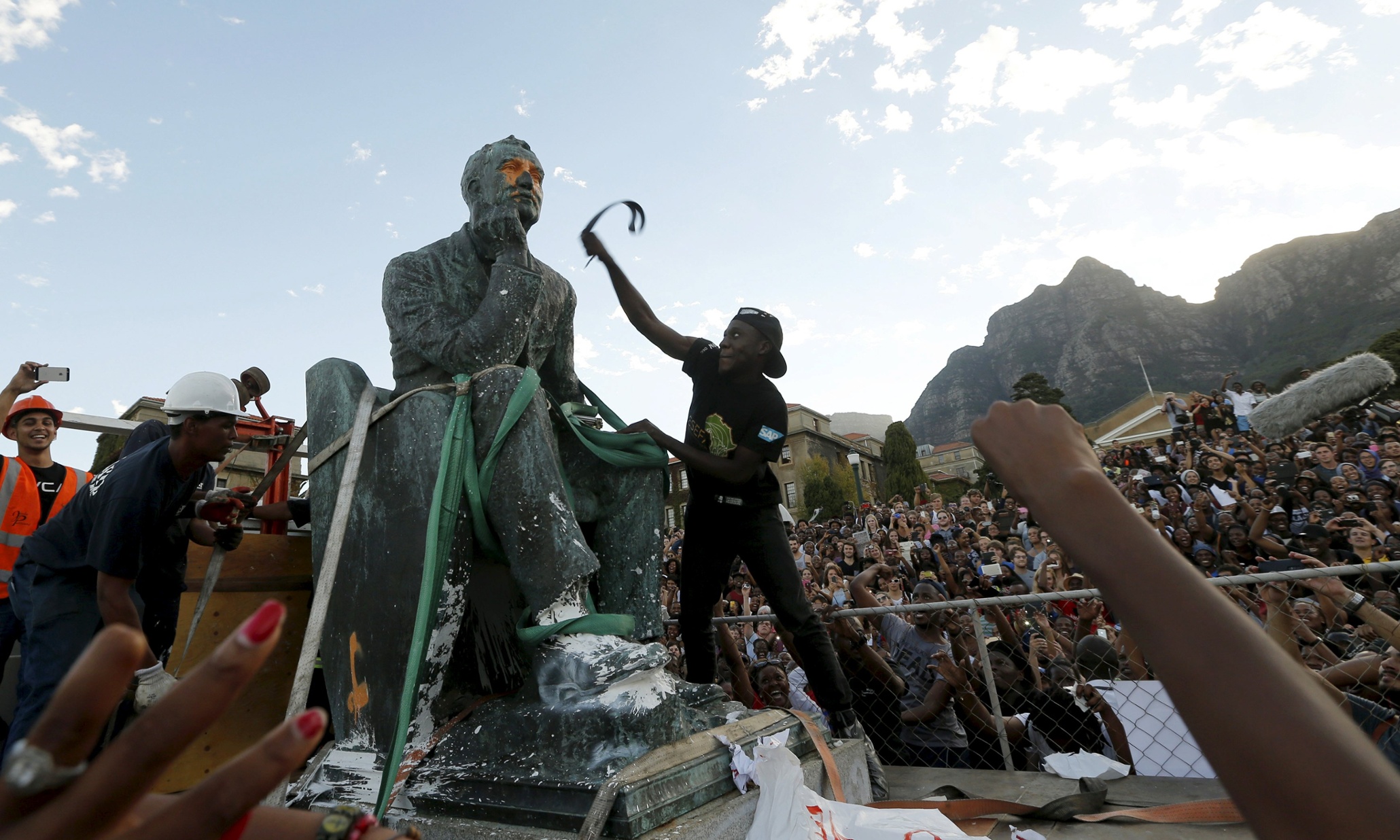
Unsurprisingly, it’s in the United States – a nation facing very current challenges around race and racism – where the impact of “Rhodes Must Fall” and its spin-offs has been most dramatic. Here, campaigners have already taken many prized scalps. Yale has retitled a college named after James C. Calhoun, a 19th century white supremacist. Georgetown “de-plaqued” two of its former presidents who sold their slaves to clear the university’s debts. Harvard Law School changed its seal to remove the crest of slave-plantation owners. Least controversially, the University of North Carolina agreed to belatedly amend the name of a hall named after a leader of the Ku Klux Klan. The list goes on and it’s no longer limited to universities. Indeed, earlier this year Calhoun even lost a Minnesotan lake named in his honour.
Critics of this sweeping wave tend to focus on the unscholarly and (in their eyes) unfair condemnation of long-dead individuals. In particular, the charge stands that the protestors – most of whom are young students at these institutions – are anachronistically judging the behaviour of historical figures by the value-sets and expectations of today. In this positioning, the protests are forcing academic institutions into a corner and many are opting for the simplest option of placation – in so doing, trashing the legacy of those once deemed worthy of commemoration.
However, it’s important to remember that revisiting historical legacy is not some millennial snowflake fad. There is a long record of statues coming down and names being removed as times and tastes change. Indeed, in Ancient Rome there was a process now referred to as damnatio memoriae (“condemnation of memory”) that went even further. Then, men condemned by the Senate as traitors (including former emperors) could have their statues defaced or removed from public view, or their names erased entirely from public records. At least today we’re having a broader public debate about these individuals and their legacies before we decide to condemn them as disgraced – even if the final decisions still rest with society’s elites.
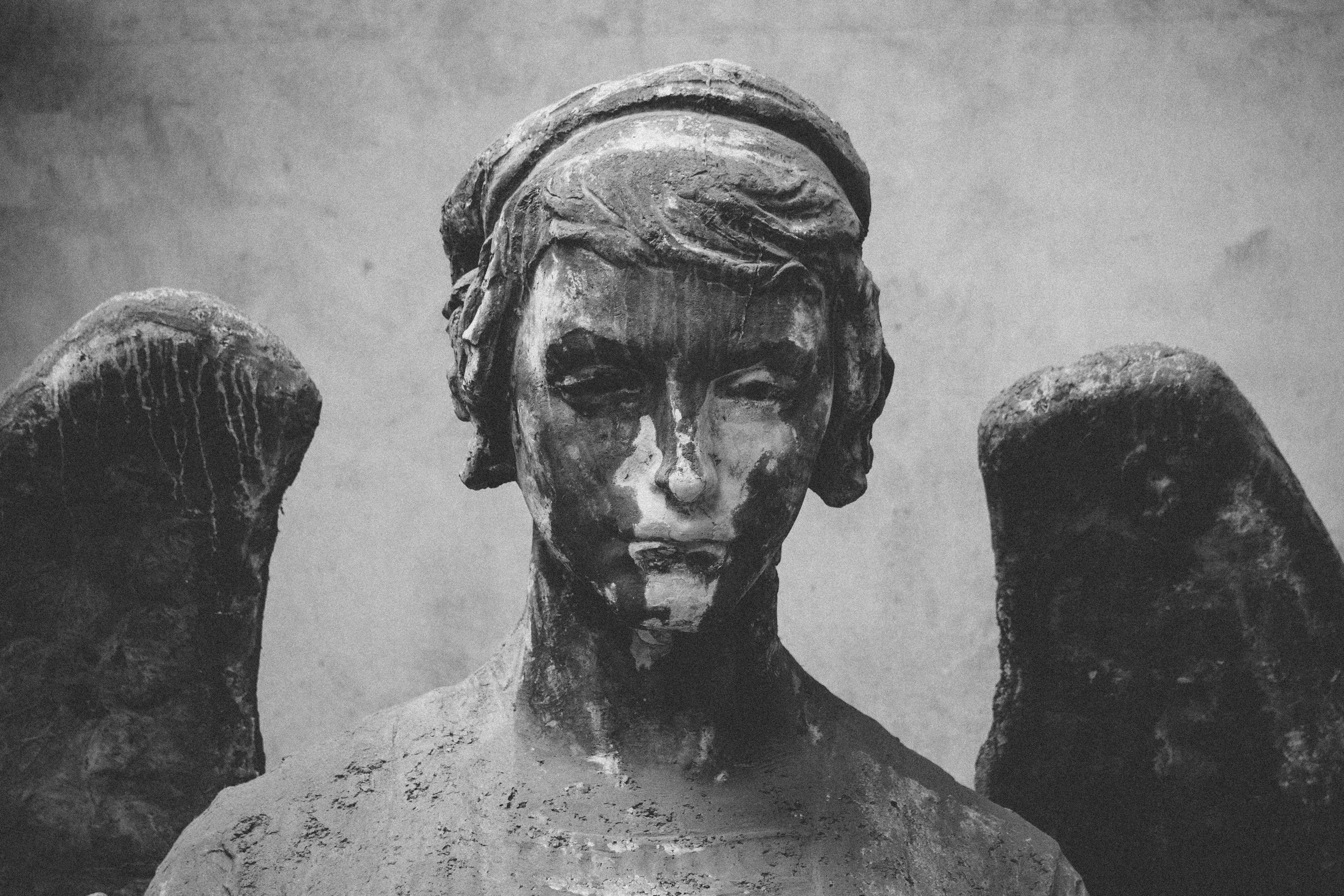
So is this movement a “good thing”? Sadly there’s no simple answer. Some statues should stand and some should fall, therefore the only acceptable course of action is to judge each individual on their merits by encouraging a comprehensive, inclusive debate – inside and outside the scholarly community. How that can actually happen in this age of outrage is a real challenge. However, we absolutely need a more robust and democratic process than we have currently, where the vast majority of decisions (for or against) are taken in private by fretful academic leaders who are guesstimating the size and severity of each protest movement and what it will take to make them go away.
And it’s hard to know where this goes next. Is every slave-owning figure now persona non-grata and does this mean that Washington DC needs a new name? Likewise, will we see the #MeToo movement trigger an urgent re-evaluation of historical figures who mistreated women, for example, in the same way that ‘Black Lives Matter’ has shifted focus on historical racism? If so, we will certainly witness the fall of many more American icons in the years to come.
